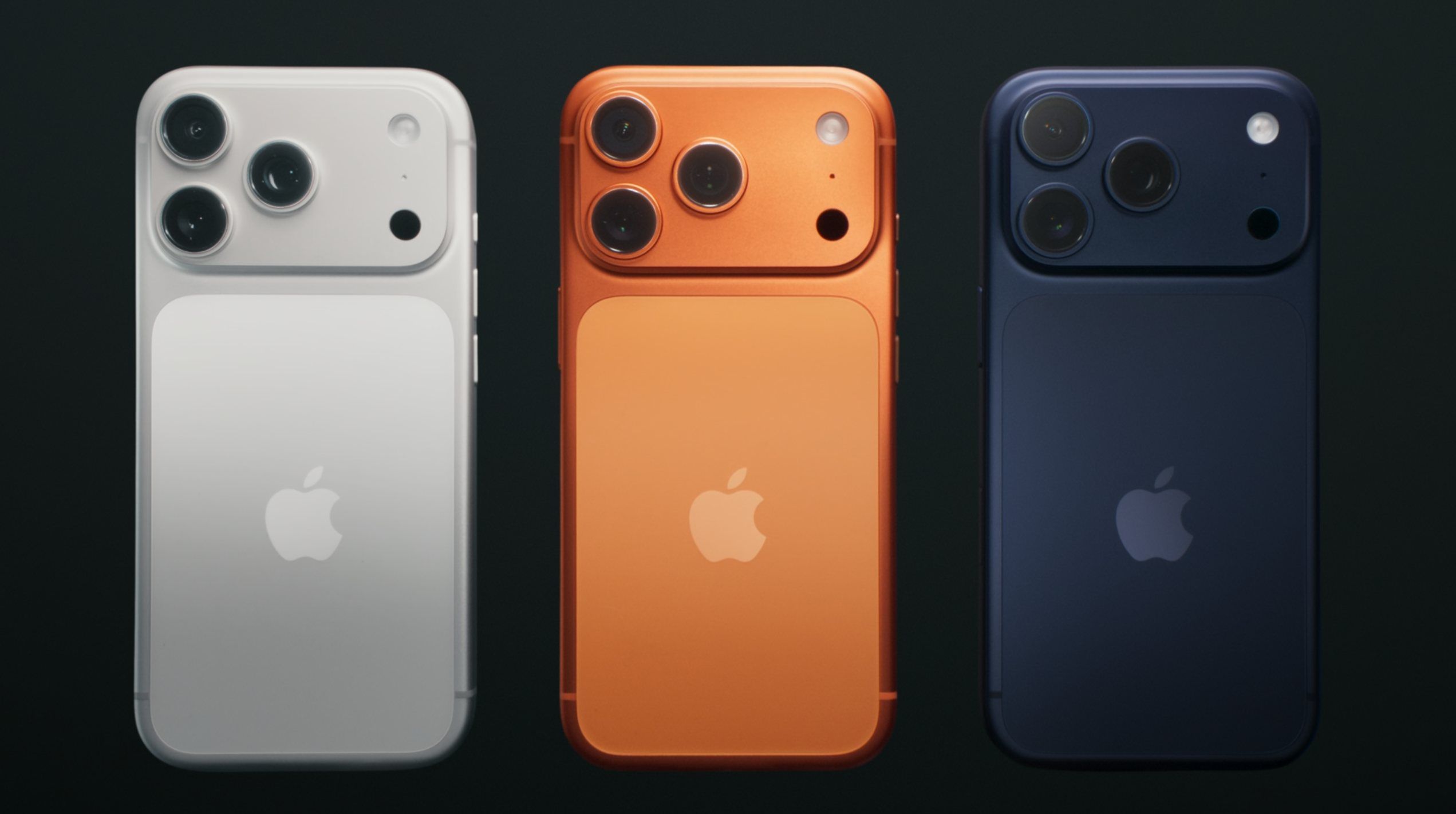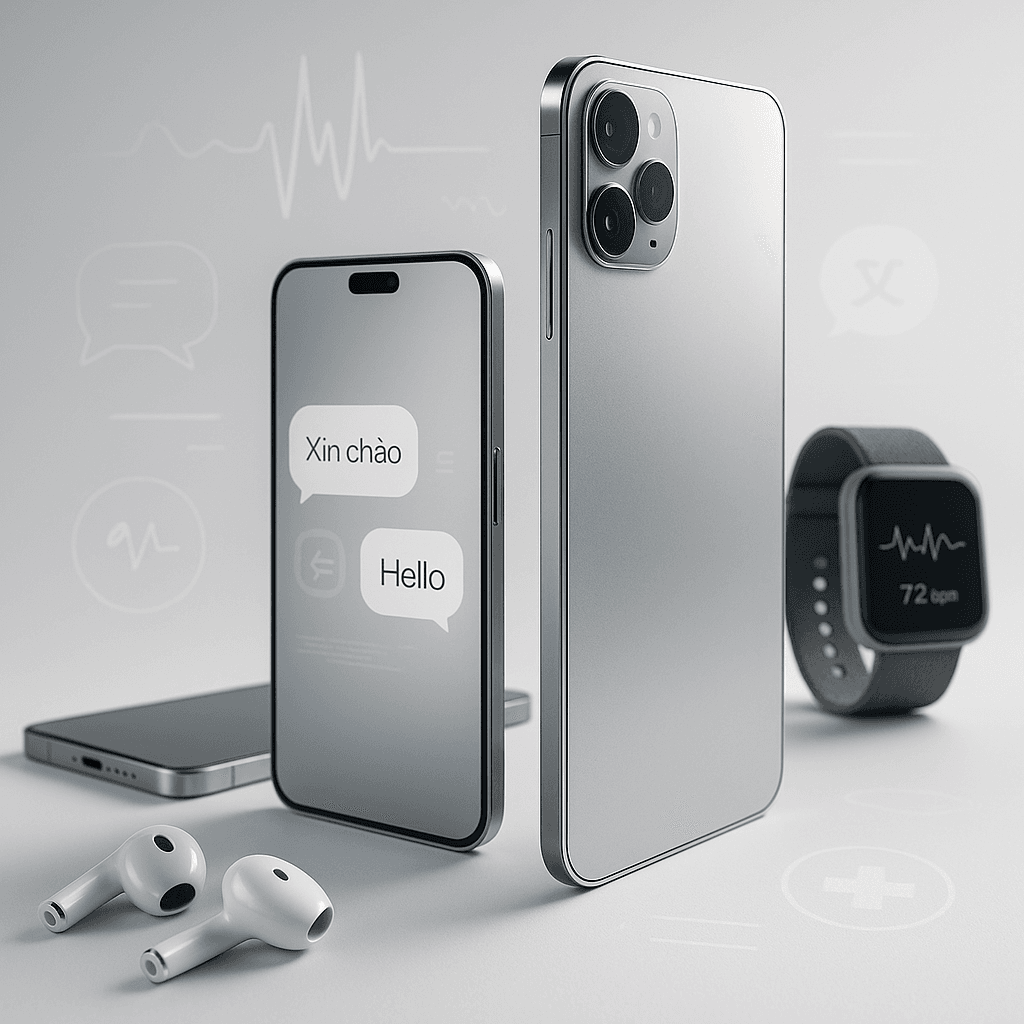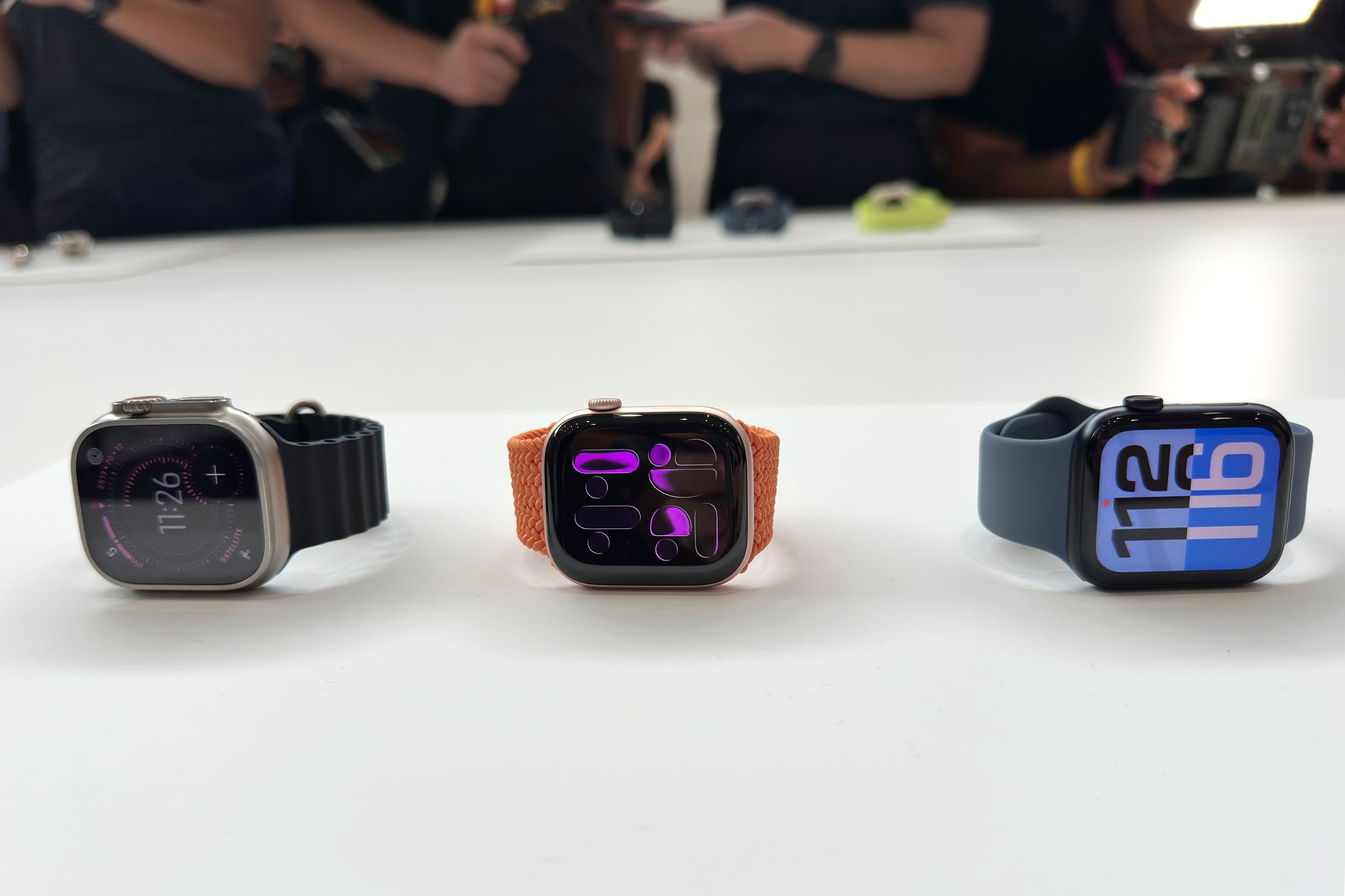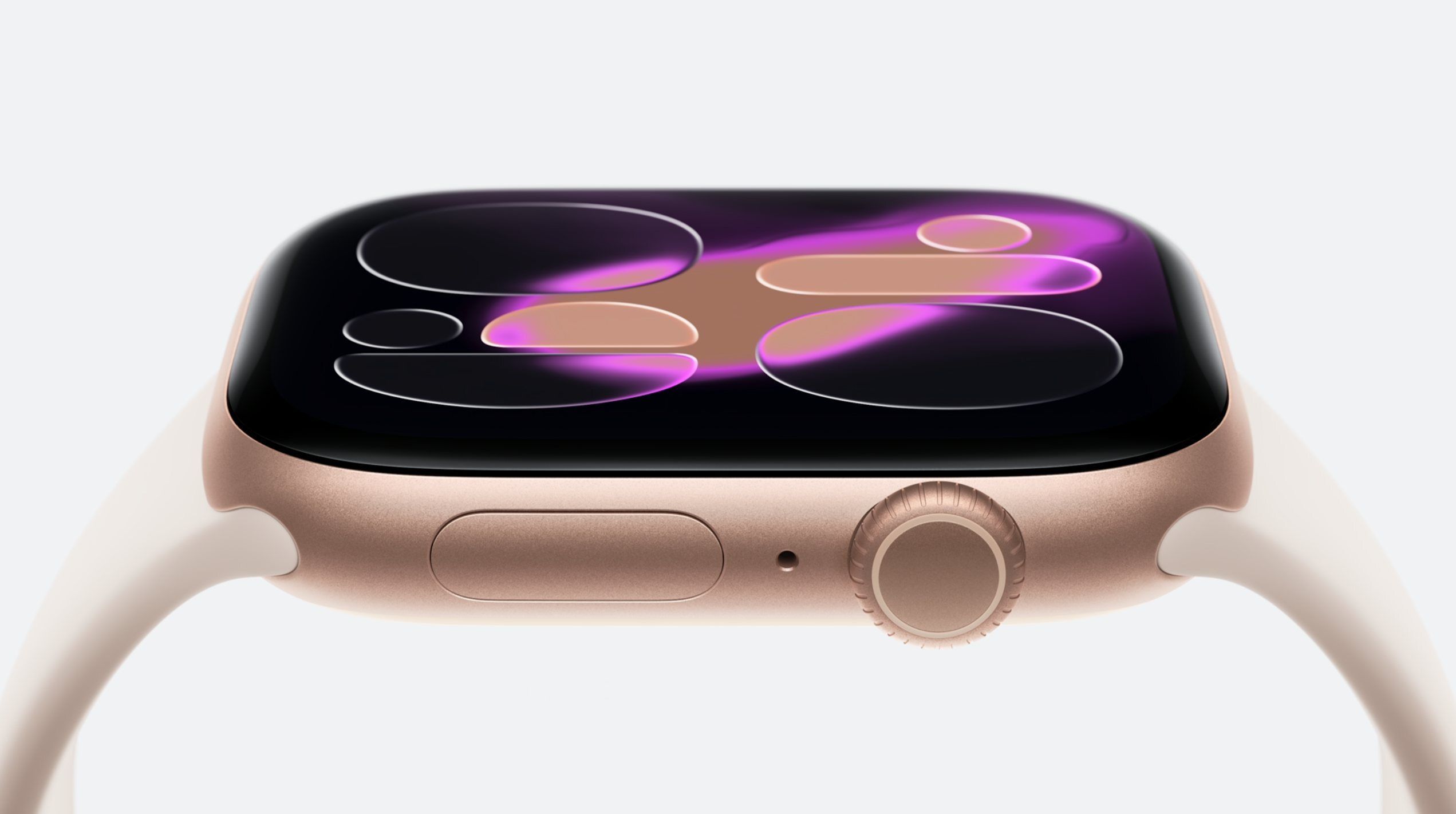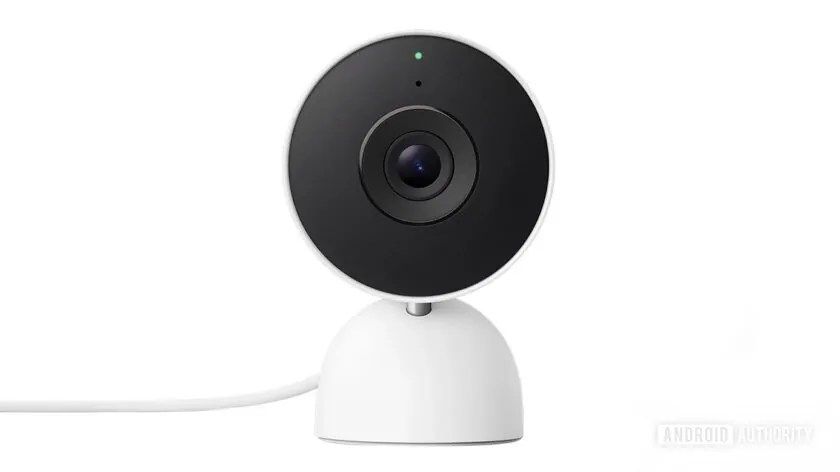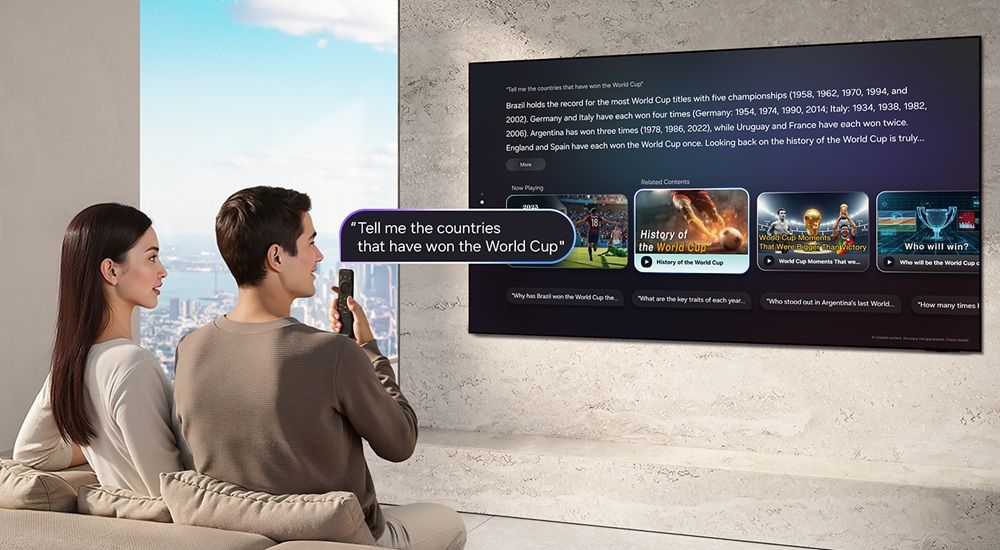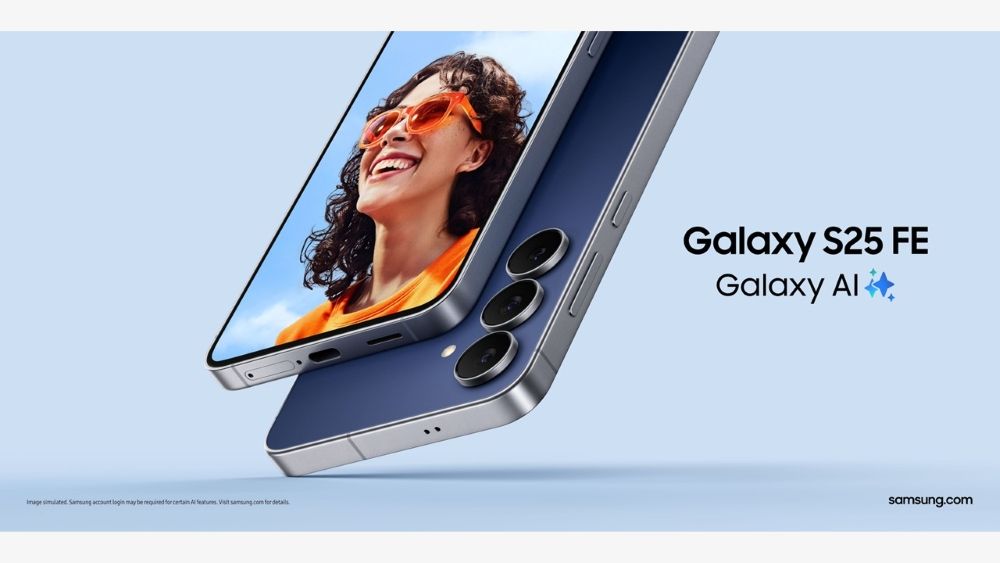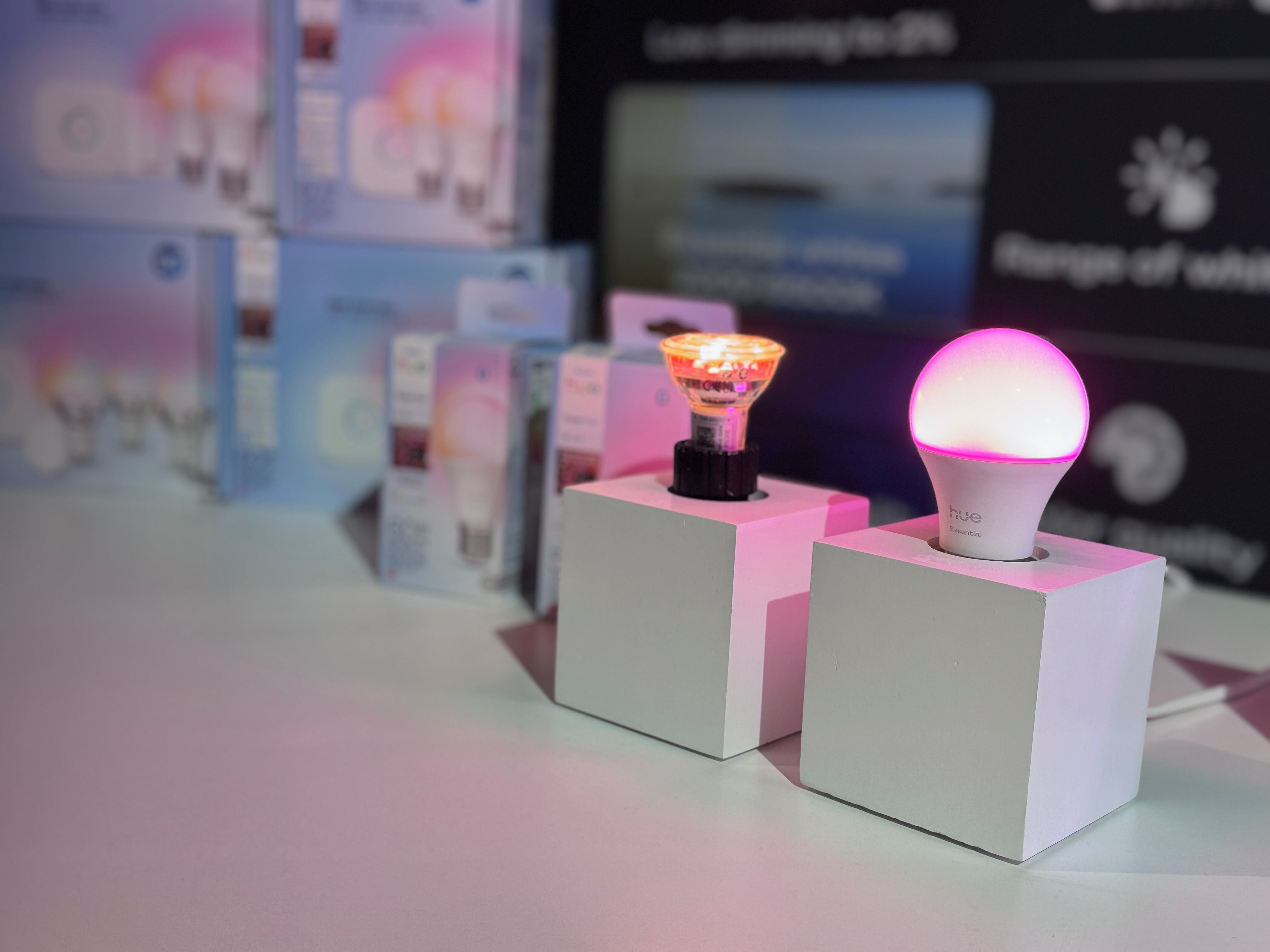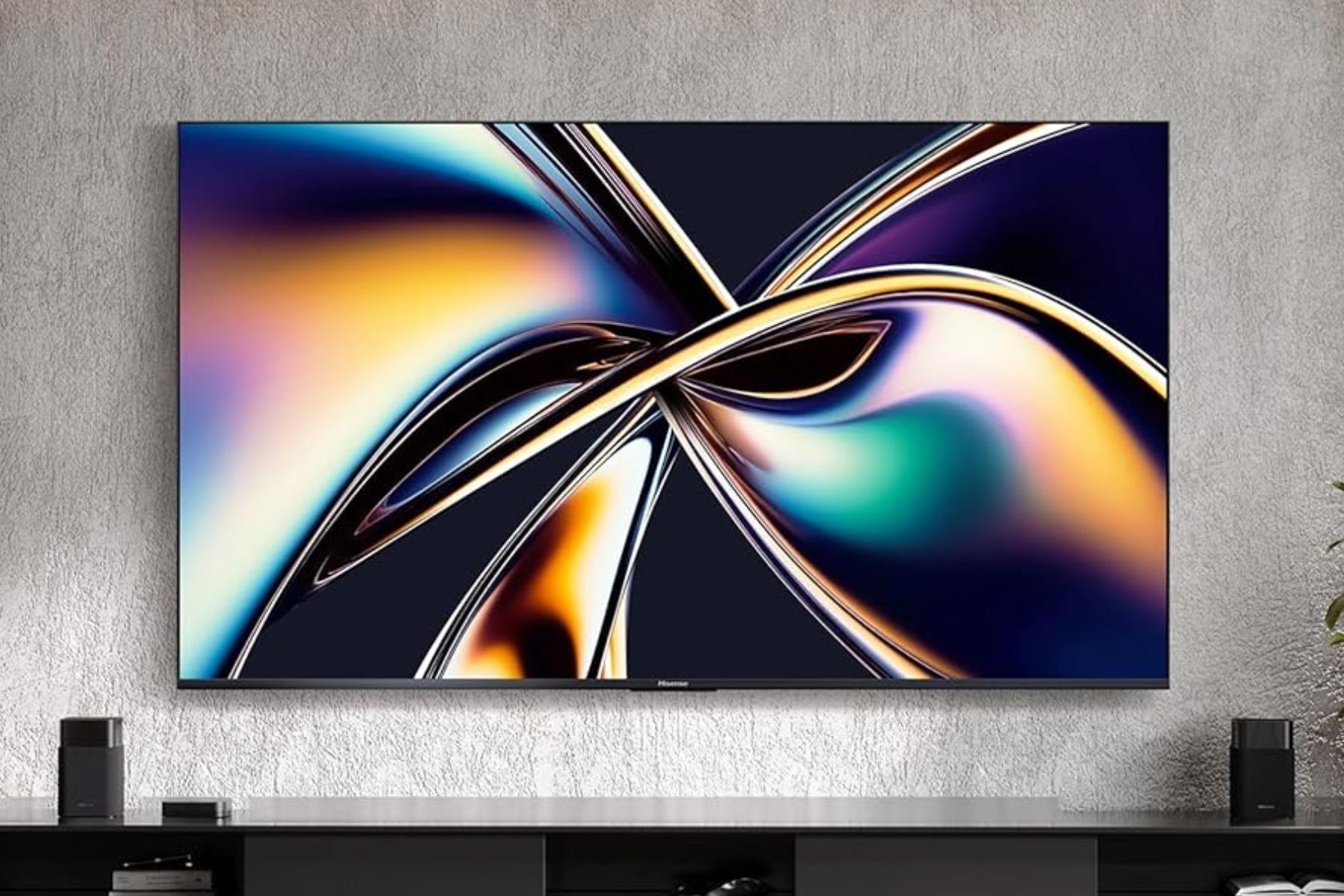Apple just pulled off its biggest iPhone redesign in years. The iPhone 17 Pro ditches titanium for aluminum, packs the largest battery ever seen in an iPhone, and sports a controversial full-width camera plateau that stretches across the entire back. With 48-megapixel sensors across all three lenses and iOS 26's polarizing Liquid Glass interface, this isn't your typical S-year update.
Apple just shook up the smartphone world with the iPhone 17 Pro announcement, marking the company's boldest design pivot since the iPhone X. The flagship device abandons the premium titanium build that defined the iPhone 15 and 16 Pro models, returning to an aluminum construction that should make repairs significantly cheaper while maintaining durability.
The most striking change is what Apple calls the "full-width camera plateau" - a dramatic departure from the traditional square camera bump. This new design element stretches across the entire width of the device's back, creating a look that's suspiciously similar to Google's Pixel camera bar. Industry insiders suggest this isn't coincidence but calculated strategy, with Samsung already leaked to be adopting similar styling for its Galaxy S26 series next year.
But the real story is what's inside that controversial camera module. For the first time in iPhone history, Apple has equipped all three rear cameras with 48-megapixel sensors. The telephoto lens gets the biggest upgrade, jumping from the 12-megapixel sensor that's been standard since the iPhone 12 Pro. According to Apple's technical specifications, this should deliver significantly sharper zoom photos and better low-light performance.
The front-facing camera also sees major improvements, with an 18-megapixel sensor that leverages Center Stage technology to automatically frame shots. This feature, borrowed from the iPad line, uses machine learning to keep subjects in frame during video calls and selfies - a clear play for the work-from-home market that's become increasingly important to Apple's revenue mix.
Perhaps more controversial than the hardware changes is iOS 26's new Liquid Glass interface. The software update, announced at WWDC earlier this year, transforms the iPhone's user interface with transparent, glassy elements that some beta testers have called "jarring" and others "revolutionary." The aesthetic makes UI elements appear to float above the wallpaper, creating depth that either enhances or distracts from the user experience depending on who you ask.
This design philosophy represents attempt to differentiate from manufacturers who've largely converged on similar flat design languages. But early feedback from developers suggests the transparency effects may cause accessibility issues for users with visual impairments, potentially setting up another controversy similar to the iPhone X's notch introduction.
